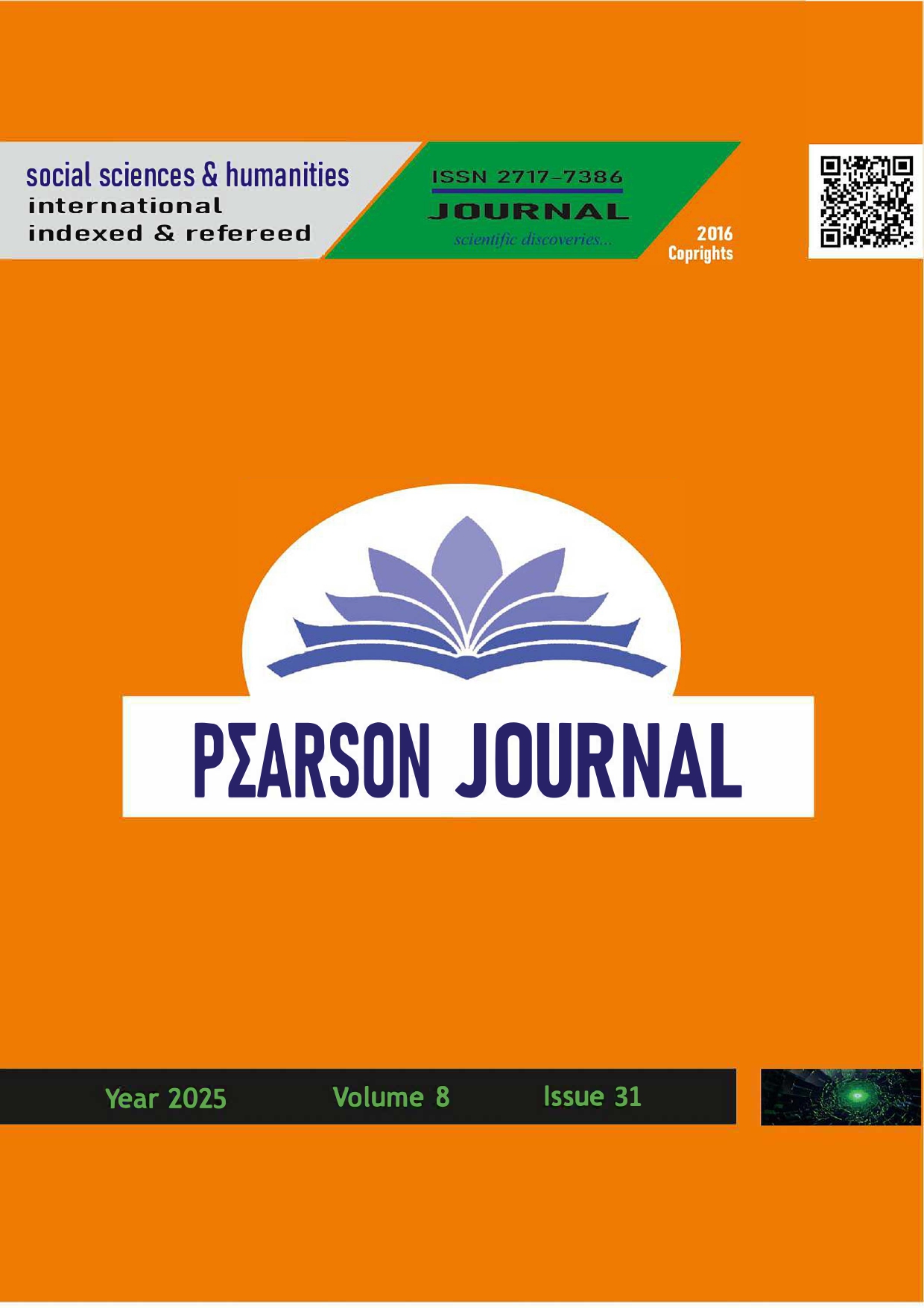Education in the Digital Age: Digital Literacy Analysis of Canik Teachers
DOI:
https://doi.org/10.5281/zenodo.14956223Keywords:
Digital Literacy, Educational Technologies, Professional Development, Technology UseAbstract
This study aimed to determine the digital literacy levels of teachers working in the Canik district of Samsun and examine these levels in terms of various variables such as gender, type of school, educational background, professional seniority, age, career status, and the status of receiving digital literacy training. The study included 243 teachers, consisting of 157 women and 86 men. This quantitative research utilized a relational screening model, and data were collected over three weeks using an electronic form. Analyses were conducted using IBM SPSS 25.0 software, employing normality tests, t-tests, and one-way ANOVA.
The results indicated that teachers generally possess a high level of digital literacy. No significant differences were observed in digital literacy levels based on variables such as gender, age, seniority, educational background, type of school, or job location. However, teachers who had received digital literacy training scored significantly higher in digital literacy than those who had not. Additionally, it was noted that teachers might need further support in developing technical skills.
This study underscores the critical role of enhancing teachers’ digital literacy skills for the effective integration of educational technologies. The findings highlight the necessity of structuring teacher training programs to improve digital literacy competencies. Furthermore, the results are expected to guide education policymakers and contribute to future research in this field. The study emphasizes the importance and impact of digital literacy in contemporary education, reaffirming its role in equipping teachers to meet the demands of the digital age effectively.
References
Acar, Ç. (2015). Anne ve babaların ilkokul ortaokul ve lise öğrencisi çocukları ile kendilerinin dijital okuryazarlıklarına ilişkin görüşleri (Yayımlanmamış yüksek lisans tezi). Ankara Üniversitesi Eğitim Bilimleri Enstitüsü, Ankara.
Aksoy, N. C. , Karabay, E. & Aksoy, E. (2021). Sınıf Öğretmenlerinin Dijital Okuryazarlık Düzeylerinin İncelenmesi . Selçuk İletişim , 14 (2) , 859-894 . DOI: 10.18094/josc.871290
Benedetto, R. (2006). How do independent school leaders build the educational technology leadership capacity of the school. Unpublished Doctoral Dissertation, Drexel University.
Boyacı, Z. (2019). Öğretmen adaylarının yaşam boyu öğrenme eğilimleri ile dijital okuryazarlık düzeyleri arasındaki ilişki. Sakarya: Sakarya Üniversitesi.
Büyüköztürk, Ş. (2009). Sosyal bilimler için veri analizi el kitabı (10.baskı). Ankara: Pegem Akademi Yayıncılık.
BTK & Yeşilay. (2014). İnternetin bilinçli kullanımı ve teknoloji bağımlılığı çalıştayı raporu. Ankara: Detamat. https://www.guvenliweb.org.tr/dosya/MUUMu.pdf adresinden alındı
Çepni, Salih. (2014). Araştırma ve Proje Çalışmalarına Giriş. Trabzon: Celepler Matbaacılık.
Field, A. (2009). Discovering statistics using SPSS. London: SAGE.
Hobbs, R. (2010). Dijital ve medya okuryazarlığı: Bir eylem planı. Aspen Enstitüsü.
Kabakçı Yurdakul, I., Dönmez, O., Yaman, F., & Odabaşı, H. F. (2013). Dijital ebeveynlik ve değişen roller. Gaziantep University of Social Sciences, 12(4), 883-896.
Karasar, N. (2012). Bilimsel Araştırma Yöntemi: Kavramlar, İlkeler, Teknikler. Ankara: Nobel Yayın Dağıtım.
Kim, C., & Lee, J. (2013). Öğretmenlerin inançları ve teknoloji entegrasyonu: Bilgisayarın farklı aşamaları kullanın. Journal of Educational Technology & Society, 16(2), 562-570.
Gilster, P. (1997). Dijital okuryazarlık. Wiley.
Lewis, T. E., & Alirezabeigi, S. (2018). Studying with the Internet: Giorgio Agamben, education, and new digital technologies. Studies in Philosophy and Education, 1-14.
Martin, A. (2005). Digeulit a european framework for digital literacy: a progress. Journal of e Liteeracy, 2, 130-136.
Martin, A., & Grudziecki, J. (2006). DigEuLit: Dijital okuryazarlık gelişimi için kavramlar ve araçlar. Innovation in Teaching and Learning in Information and Computer Sciences, 5(4), 249-267.
Milli Eğitim Bakanlığı. (2020). Öğretmen mesleği genel yeterlikleri. Ankara: Öğretmen Yetiştirme ve Geliştirme Genel Müdürlüğü.
Murray, K. (2013). Liderlik Dili Başarılı CEO'ların İletişim sırları. Ü. Şensoy, Çev.) İstanbul: İş Bankası.
Ng, W. (2012). Can we teach digital natives digital literacy? Computers & Education, 53(3), 1065-1078.
Nuangchalerm, Prasart, Sakkumduang, Krissada, Uhwha, Suleepornn & Chansırısıra, Pacharawit (2014). Implementing E-Learning Designed Courses İn General Education. Asian Journal Of Education And E-Learning 2 (4), 259-263.
Özerbaş, M. A., & Kuralbayeva, A. (2018). Türkiye ve kazakistan öğretmen adaylarının dijital okuryazarlık düzeylerinin incelenmesi. Muğla Sıtkı Koçman Üniversitesi Eğitim Fakültesi Dergisi, 16-25.
Techataweewan, W., & Prasertsin, U. (2018). Development of digital literacy indicators for Thai undergraduate students using mixed method research. Kasetsart Journal of Social Sciences, 39(2), 215-221.
Tondeur, J., Valcke, M., & van Braak, J. (2017). Öğretmenlerin senkronize hibrit eğitim programlarını vi̇deo tabanlı eği̇ti̇m: öğretmen ve öğrenci̇ algıları üzeri̇ne bi̇r araştırma Eğitim Medyası International, 54(4), 293-309.
Ural, A. ve Kılıç, İ., (2011) Bilimsel Araştırma Süreci ve SPSS ile Veri Analizi, Detay Yayıncılık, Ankara.
Downloads
Published
How to Cite
Issue
Section
License
Copyright (c) 2025 PEARSON JOURNAL

This work is licensed under a Creative Commons Attribution 4.0 International License.



